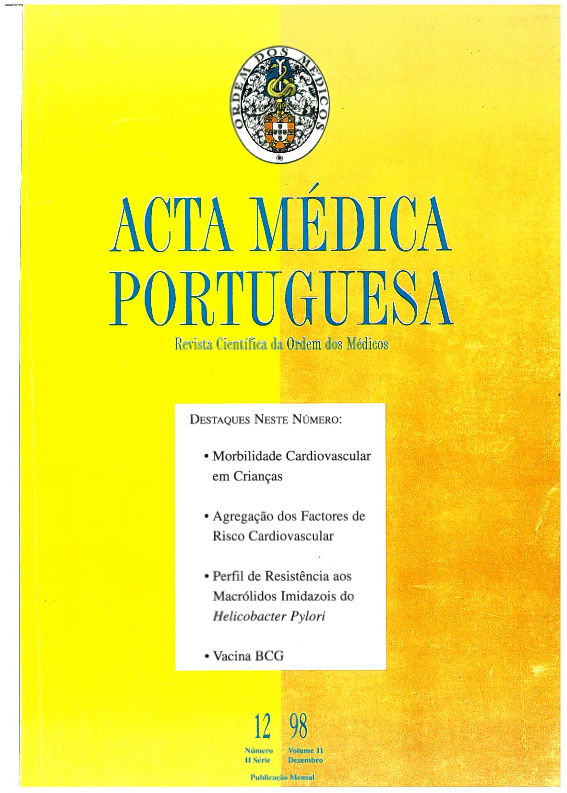The Sézary syndrome.
DOI:
https://doi.org/10.20344/amp.2352Abstract
Sézary syndrome is a form of cutaneous T-cell lymphoma and, like mycosis fungoides, results from the malignant proliferation of mature post-thymic T-cell lymphocytes. The main features are the presence of abnormal mononuclear cells (Sezary cells) in the peripheral blood and exfoliative erythroderma. The authors present of a 70-year-old woman admitted to our clinic due to the case pruriginous and exfoliative erythroderma, subcutaneous nodes and lymphadenopathy. The clinical diagnosis of Sézary syndrome was confirmed through the identification of Sézary cells in the peripheral blood by cytochemistry and membrane marker studies and by lymph node histopathology. Genotypic studies excluded the presence of HTLV-I and HTLV-II sequences in DNA samples and confirmed the monoclonal nature and T-cell origin of this lymphoproliferative disease.Downloads
Downloads
How to Cite
Issue
Section
License
All the articles published in the AMP are open access and comply with the requirements of funding agencies or academic institutions. The AMP is governed by the terms of the Creative Commons ‘Attribution – Non-Commercial Use - (CC-BY-NC)’ license, regarding the use by third parties.
It is the author’s responsibility to obtain approval for the reproduction of figures, tables, etc. from other publications.
Upon acceptance of an article for publication, the authors will be asked to complete the ICMJE “Copyright Liability and Copyright Sharing Statement “(http://www.actamedicaportuguesa.com/info/AMP-NormasPublicacao.pdf) and the “Declaration of Potential Conflicts of Interest” (http:// www.icmje.org/conflicts-of-interest). An e-mail will be sent to the corresponding author to acknowledge receipt of the manuscript.
After publication, the authors are authorised to make their articles available in repositories of their institutions of origin, as long as they always mention where they were published and according to the Creative Commons license.









